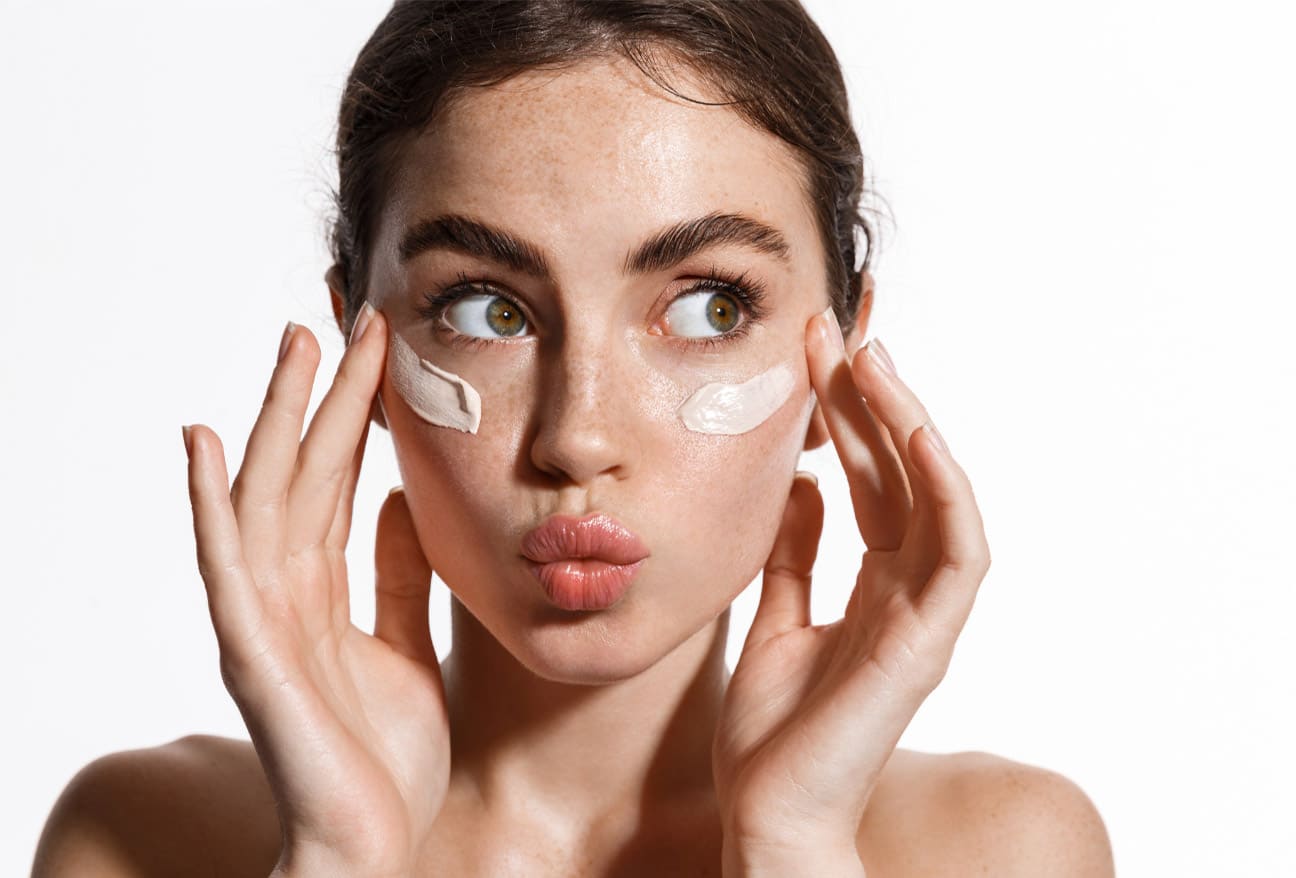Understanding the different types of acne scars is crucial for anyone seeking effective treatment. Acne scars can vary significantly in their appearance and the underlying damage they cause to the skin. Identifying the specific type of scar you have can help in choosing the most appropriate and effective treatment options, thereby improving your skin’s appearance and boosting your confidence.
If you’re struggling with acne scars, it’s essential to recognise the various types of acne scars. By doing so, you can better understand your skin’s needs and seek targeted treatments. Read on to learn about the different types of acne scars and how to address them effectively.
Different Types of Acne Scars
Acne scars can affect not only the appearance of your skin but also your self-confidence. Knowing the different types of acne scarring is essential for finding the most effective treatment and embracing your skin’s unique journey.
- Ice Pick Scars : Ice pick scars are narrow, deep scars that penetrate the skin’s surface, creating a small, deep hole. They resemble tiny punctures and are one of the most challenging types of scars to treat. Ice pick scars occur when a severe acne lesion, such as a cyst, destroys skin tissue, leaving a column-like scar.
- Rolling Scars : Rolling scars are characterised by their wave-like appearance, creating an uneven texture on the skin. These scars form due to damage beneath the skin’s surface, which causes the skin to appear uneven and wavy. Rolling scars are typically shallow but wide, and they can be improved with treatments that promote collagen production.
- Boxcar Scars : Boxcar scars are broad, rectangular depressions with well-defined edges. They are caused by widespread acne that destroys collagen, resulting in tissue loss. Boxcar scars can vary in depth, with deeper scars being more noticeable. Treatments that stimulate collagen and fill the scarred areas can significantly improve their appearance.
- Hypertrophic Scars : Hypertrophic scars are raised, firm scars that form above the surface of the skin. Unlike atrophic scars, hypertrophic scars result from an overproduction of collagen during the healing process. These scars stay within the boundaries of the original acne lesion and can become less prominent over time with proper care and treatment.
- Keloid Scars : Keloid scars are similar to hypertrophic scars but are more severe. They extend beyond the original acne lesion and can be large and painful. Keloid scars result from an aggressive healing response, leading to excessive collagen production. These scars can be managed with treatments that reduce scar tissue and flatten their appearance.
Understanding the different types of acne scars can help you embrace your skin’s journey and choose the best treatments to enhance your natural beauty.
Understanding Your Scars
Identifying your specific type of acne scar is the first step toward effective treatment. Here are some tips to help you recognize and understand your scars:
- Examine the Shape and Depth : Look closely at your scars in natural light. Ice pick scars are deep and narrow, resembling tiny punctures. Rolling scars have a wavy, uneven texture, while boxcar scars are broader and have well-defined edges.
- Feel the Texture : Gently run your fingers over the scarred areas. Raised, firm scars indicate hypertrophic or keloid scars, while depressed scars are more likely to be atrophic, such as ice pick, rolling, or boxcar scars.
- Note the Size and Spread : Observe whether your scars stay within the boundaries of the original acne lesion or if they extend beyond it. Hypertrophic scars remain within the lesion, while keloid scars grow larger than the original wound.
- Consult a Dermatologist : For a professional assessment, consult a dermatologist. They can provide a detailed evaluation and recommend the best treatment options for your specific scar types.
Understanding your scars is empowering. By identifying their unique characteristics, you can take targeted steps to enhance your skin’s health and appearance.
Mederma Scar Treatment
Mederma offers two primary scar treatment products:
- Mederma Gel : Effective on scars caused by – Injury, surgery, burn & cut marks. Apply 3x daily to see a visible reduction of scar in 10 weeks. In the case of an old scar, apply 3x daily for 3 to 6 months to see a visible difference in the scar.
- Mederma Advanced Plus Scar Gel : Easy to use and effective on scars caused by a variety of factors, including injury, surgery, burn, acne & cut marks. Apply 1x daily to see a visible reduction of scar in 8 weeks. In the case of old scars, apply 3x daily for 3 to 6 months to see visible differences in scars.
Take Charge of Your Skin
Empower yourself to take control of your skin’s journey with Mederma products. Whether you’re dealing with injury, burn, surgery, or cuts scars, Mederma offers effective solutions to help improve the appearance of scars and boost your confidence.
For personalised scar treatment advice tailored to your skin’s needs, consult a dermatologist. They can provide expert guidance and recommend specific treatments to address your unique scar types and concerns.
Embrace your skin’s unique journey and take proactive steps toward smoother, healthier-looking skin with Mederma and professional dermatological support. Start your journey to confidence today.
 mederma@winmedicare.com
mederma@winmedicare.com
 Login
Login
